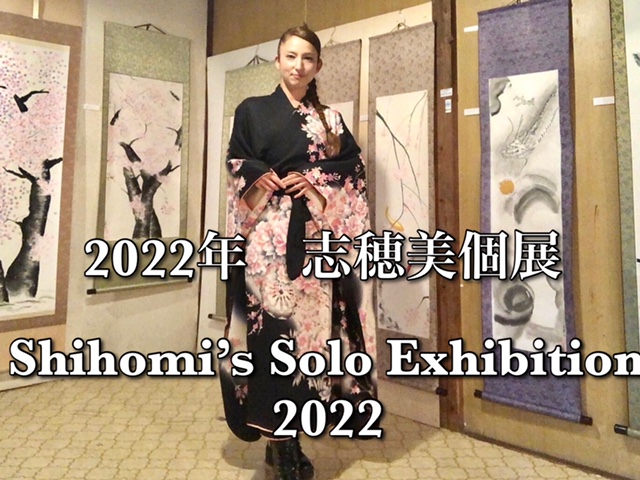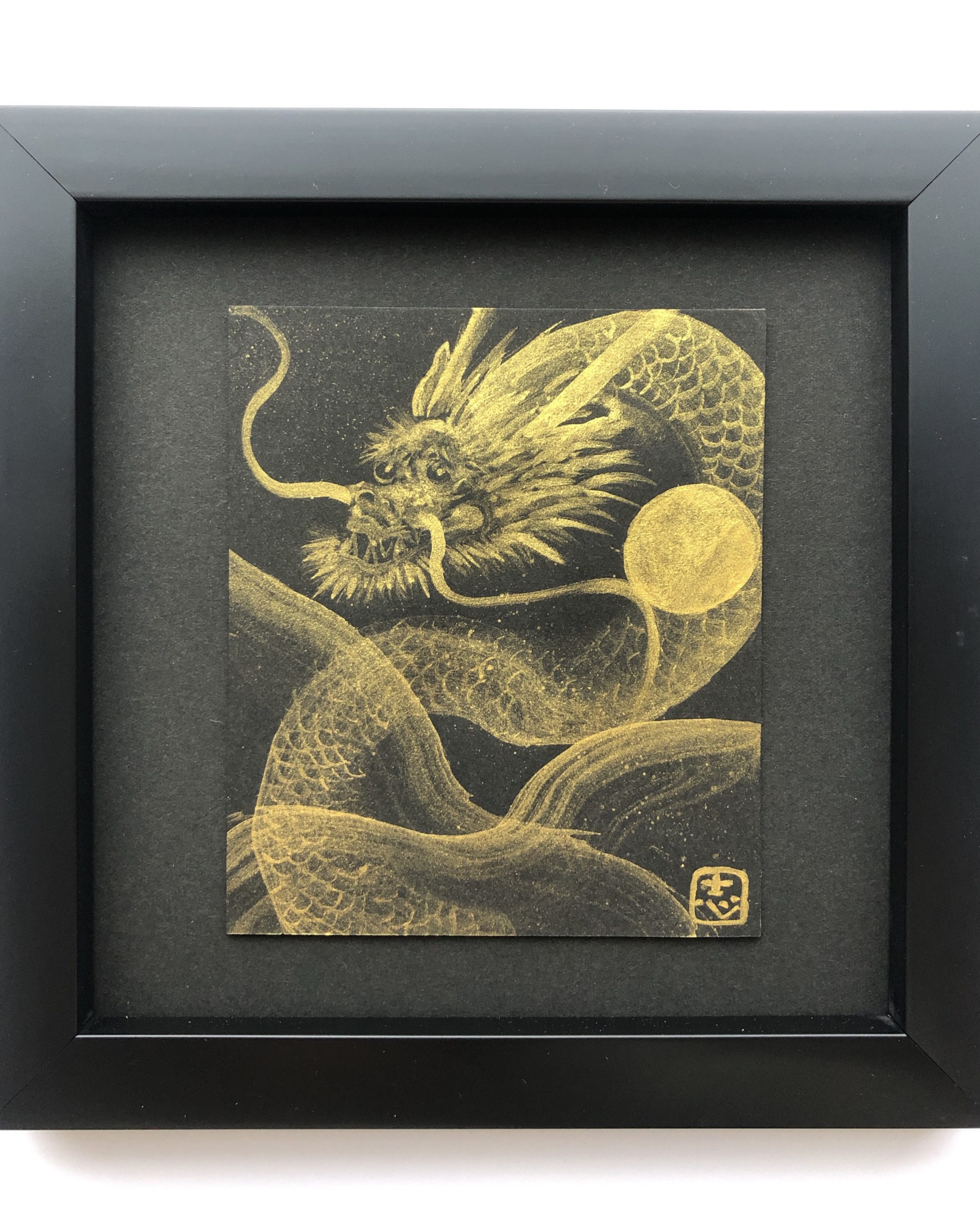2022 Shihomi Solo Exhibition in Tokyo “ZEN・SAKURA EXHIBITION”
I love to make cherry blossom themed artworks, so I wanted to hold my solo exhibition during the cherry blossom season. I am really grateful that I could hold my first solo exhibition in a nostalgic Japanese old house near …
2022 Shihomi Solo Exhibition in Tokyo “ZEN・SAKURA EXHIBITION” Read more »








